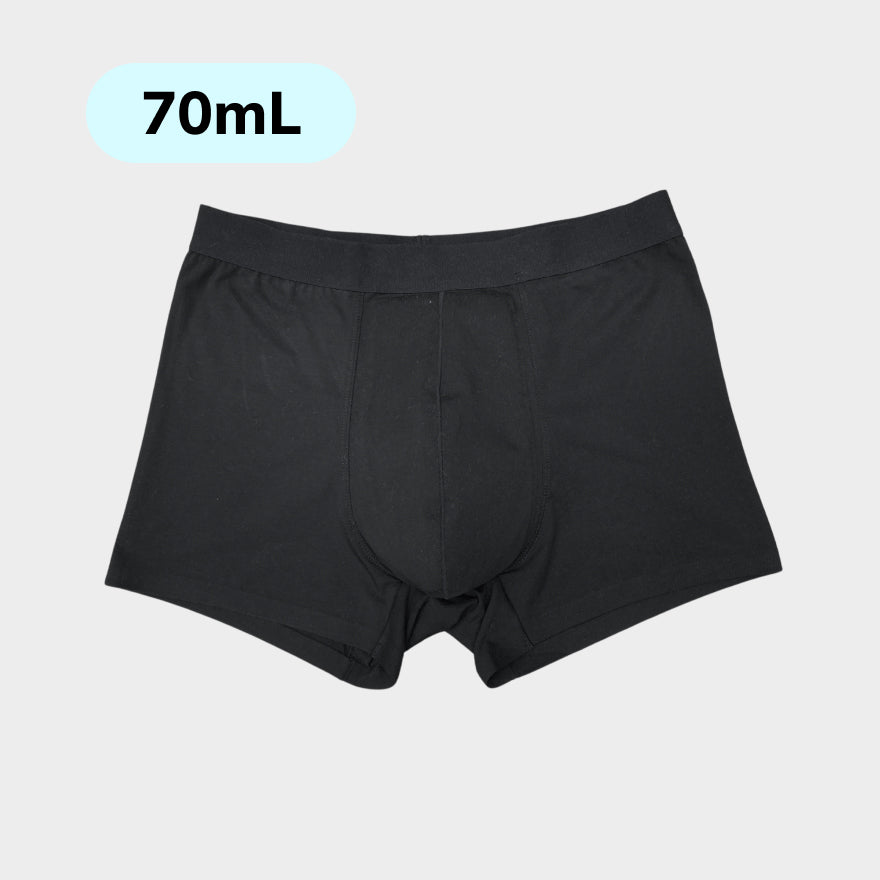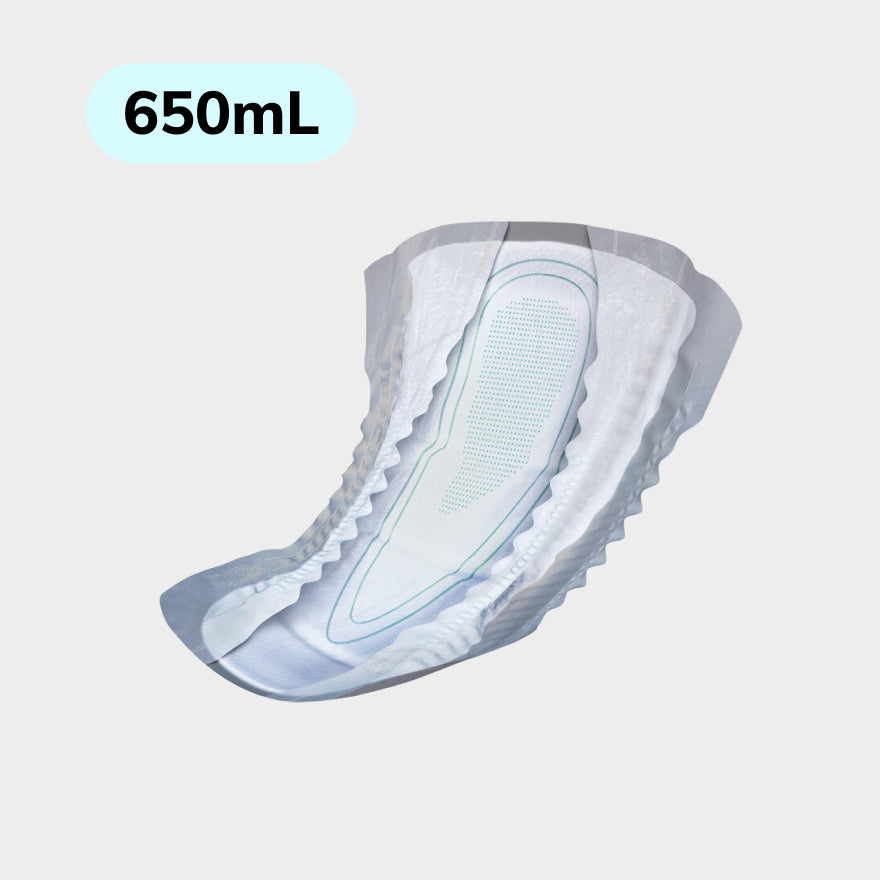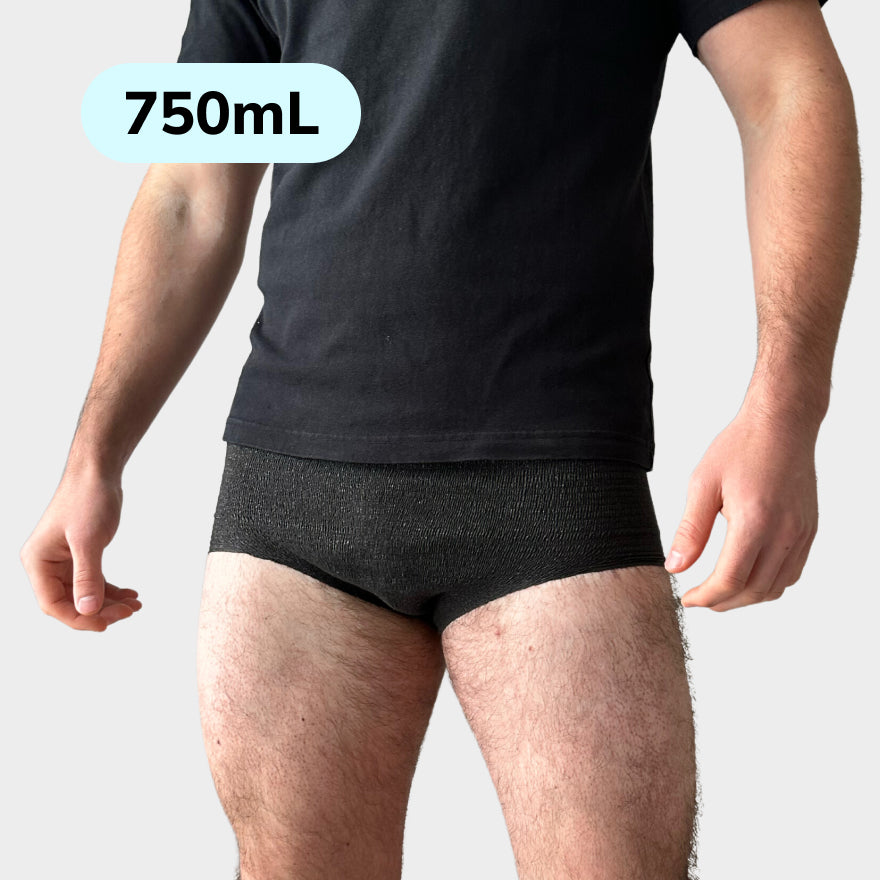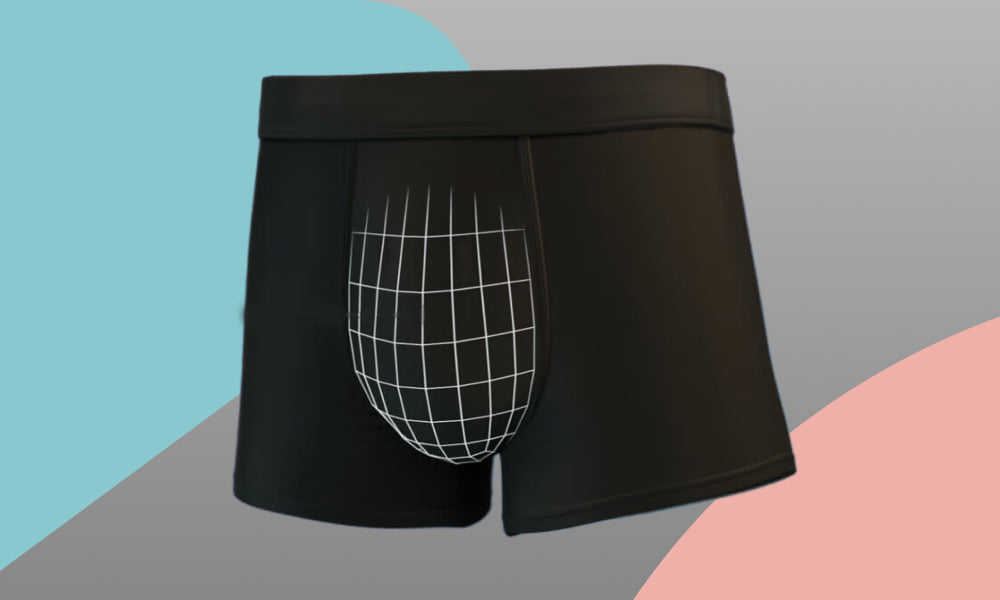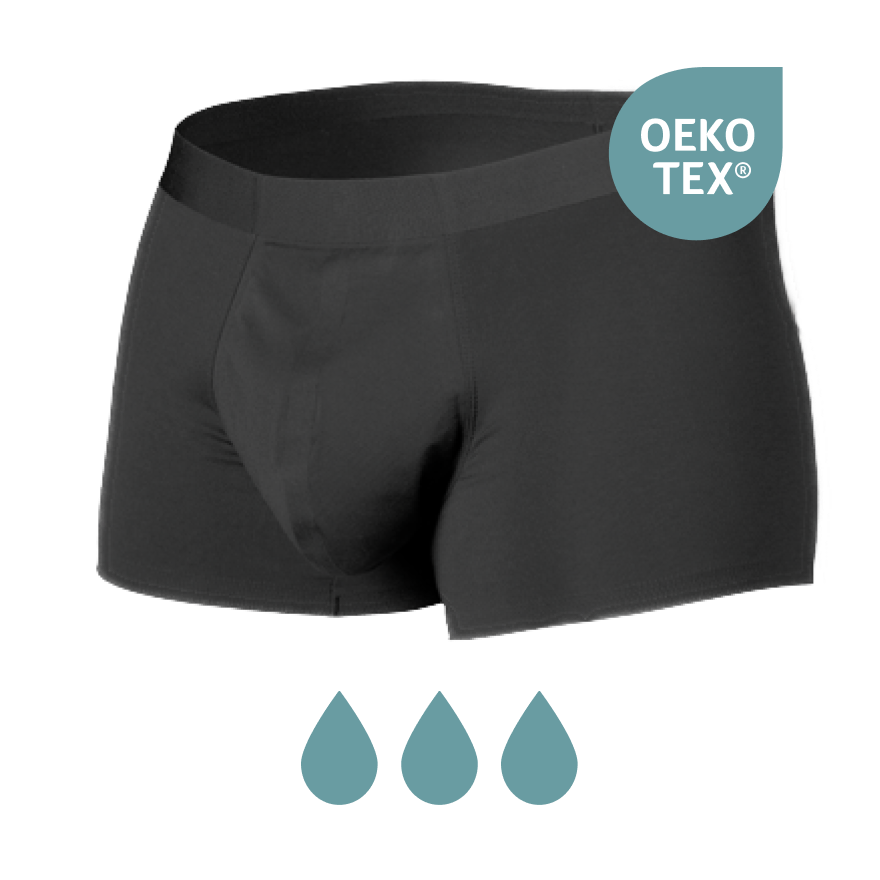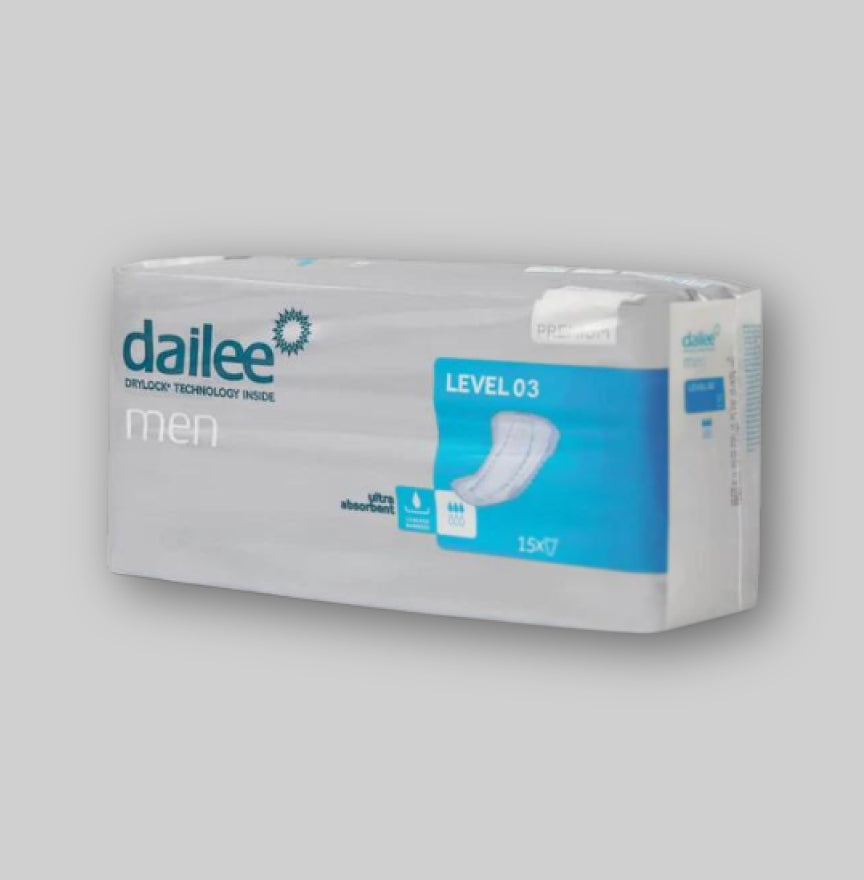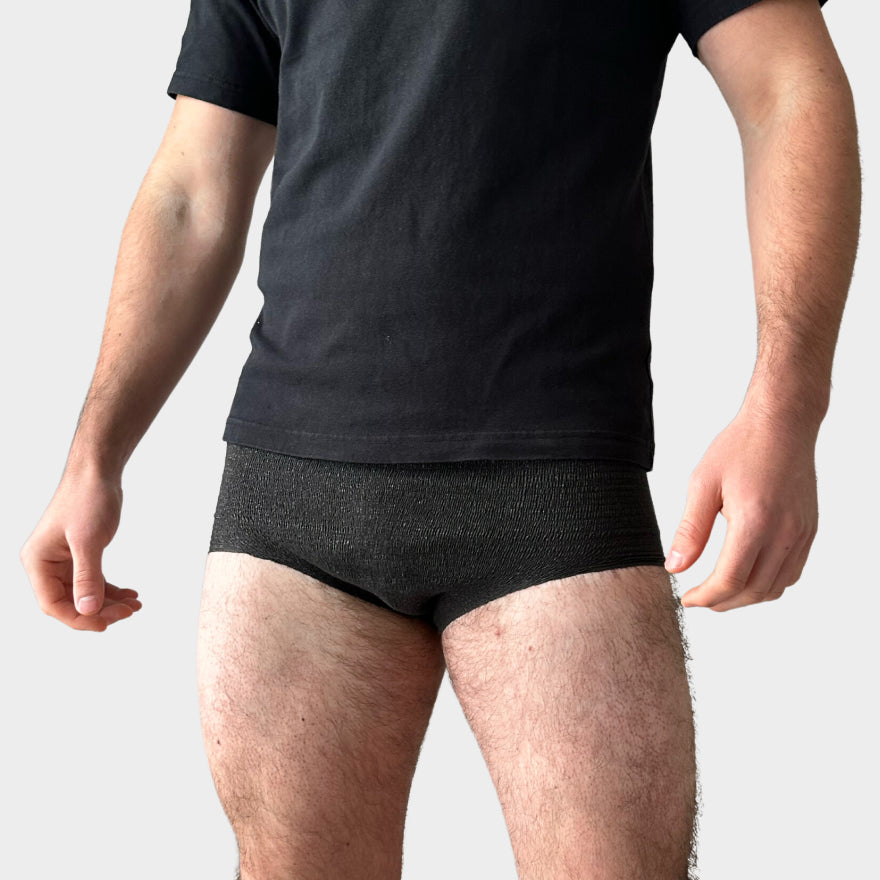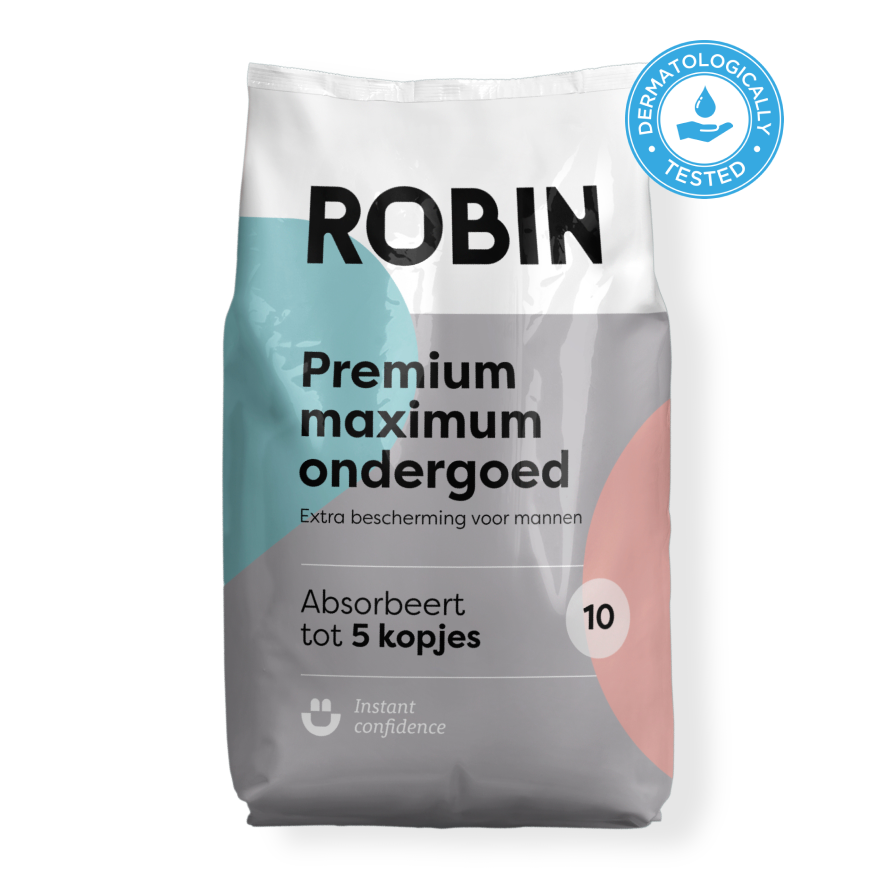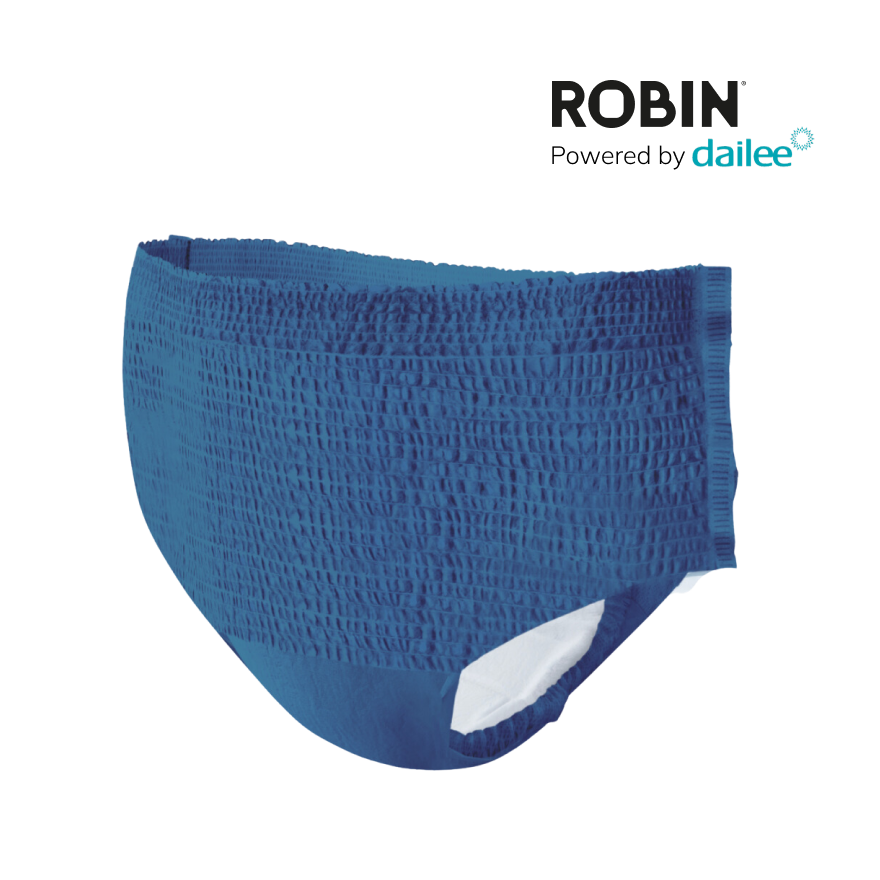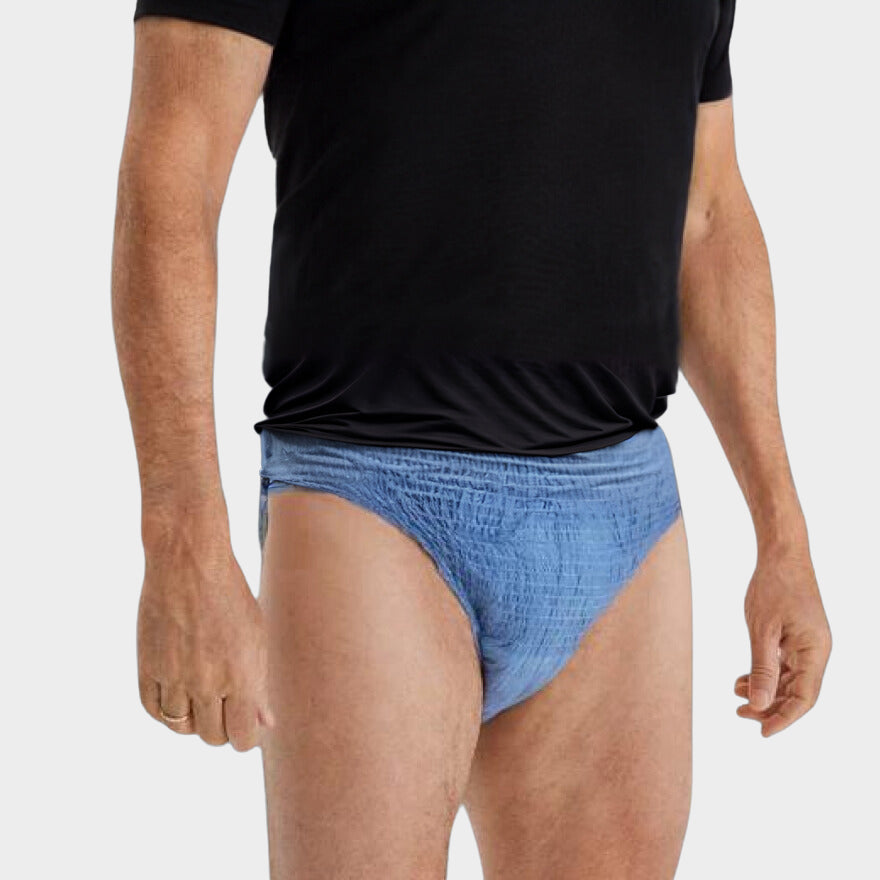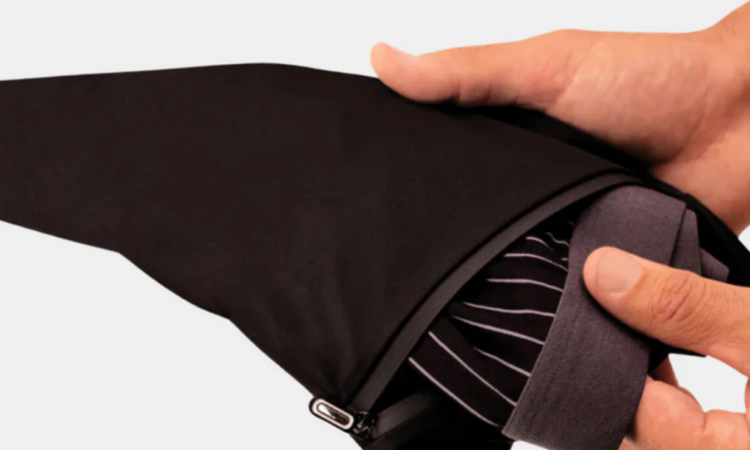Incontinence is a common problem that affects people of all ages, but there is still much uncertainty about it. In this article we will elaborate on the meaning of incontinence, the different types, causes, symptoms, and treatments. We want to ensure that you get a better understanding of this subject and the possible solutions that are available.
What is incontinence?
Incontinence refers to the inability to stop urine or stools, resulting in unwanted urine loss or bowel movements. It can be a challenging problem that the daily life of a person can seriously influence. It can lead to feelings of shame, insulation and a decrease in quality of life.
Types of incontinence
There are different types of incontinence, each with their own characteristics and causes:
-
Stress incontinence: This occurs when pressure is put on the bladder, such as coughing, sneezing, or laughing, which leads to unwanted loss of urine.
-
Urge incontinence: Also known as urge incontinence, this is when there is sudden, intense urge to pee, followed by involuntary loss of urine.
-
Overflow incontinence: This happens when the bladder cannot completely empty, so that droplets are constantly leaking urine.
-
Functional incontinence: This occurs when a person is physically or mentally unable to go to the toilet on time due to limitations such as mobility problems or dementia.
Causes of incontinence
Incontinence can have various causes, including:
- Weakened pelvic floor muscles due to pregnancy, delivery, or aging.
- Neurological disorders such as strokes, multiple sclerosis, or Parkinson's disease.
- Urinary tract infections or bladder infections.
- Hormonal changes in women, especially during menopause.
- Medications that influence bladder function.
Symptoms of incontinence
The symptoms of incontinence can vary depending on the type and severity of the condition. Some common symptoms are:
- Loss of urine during physical activities or during sneezing or coughing.
- Sudden, uncontrollable urge to pee.
- Often have to pee at night.
- Having trouble emptying the bladder.
- Skin irritation due to constant moist.
Treatments for incontinence
Fortunately, there are various treatments available to manage incontinence and to reduce symptoms. Some common treatment options are:
-
Pelvic floor exercises: These are specific exercises that are aimed at strengthening the muscles around the bladder and the pelvis.
-
Medication: There are various medicines available that can help in controlling bladder function and reducing unwanted loss of urine.
-
Incontinence products: There are various incontinence products on the market, such as diapers for adults, panty liners, and catheters, who can help in controlling urine loss.
-
Surgical procedures: In some cases, surgery can be considered to improve bladder function, especially in severe cases of incontinence that do not respond to other treatments.
Conclusion
Incontinence is a common problem that can have a significant impact on the lives of a person, but it is important to know that different treatment options are available to manage the symptoms and improve the quality of life. Through a better understanding of this subject, people with incontinence can take the right steps to tackle their symptoms effectively and to lead a healthy, happy life.
